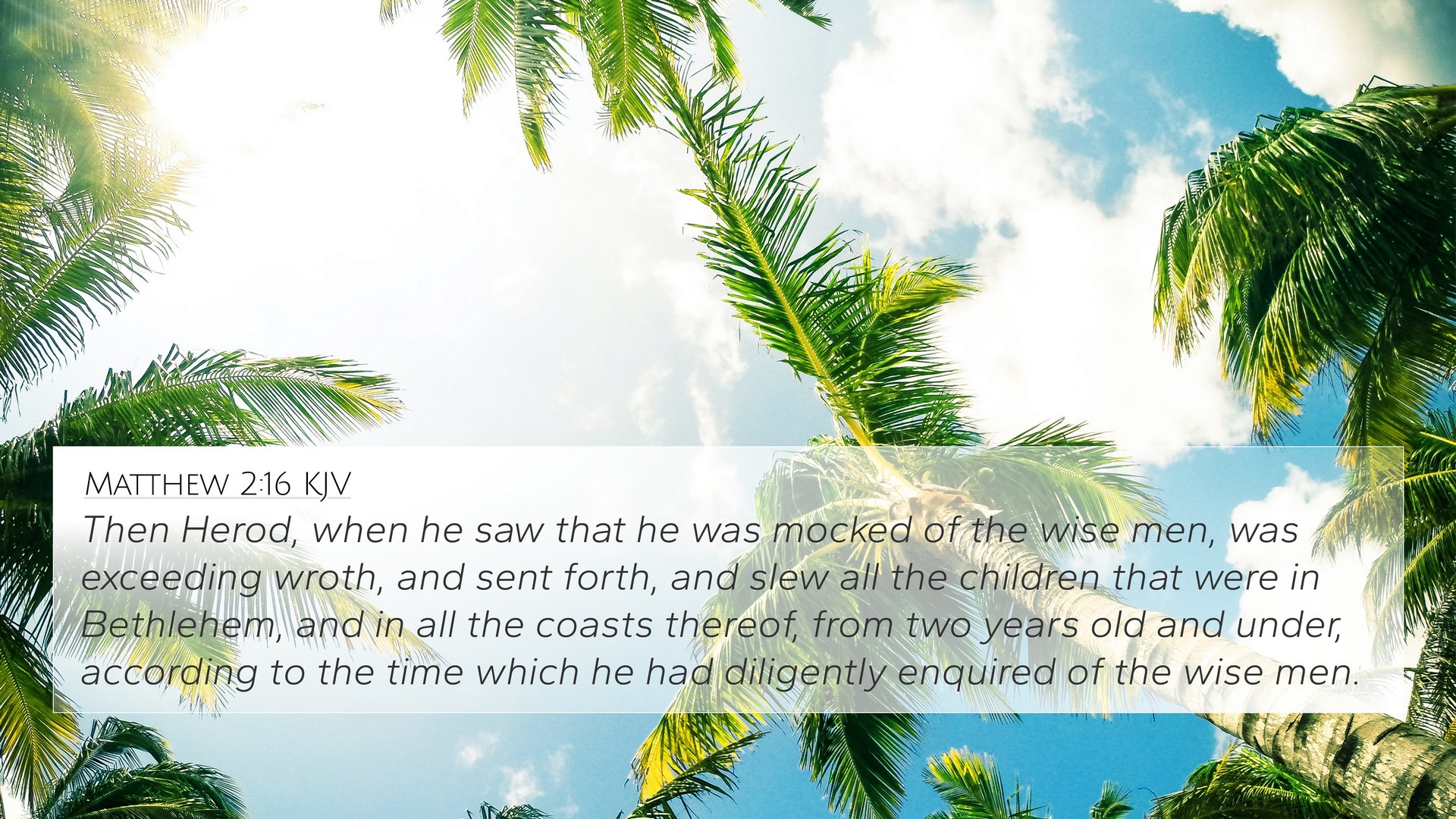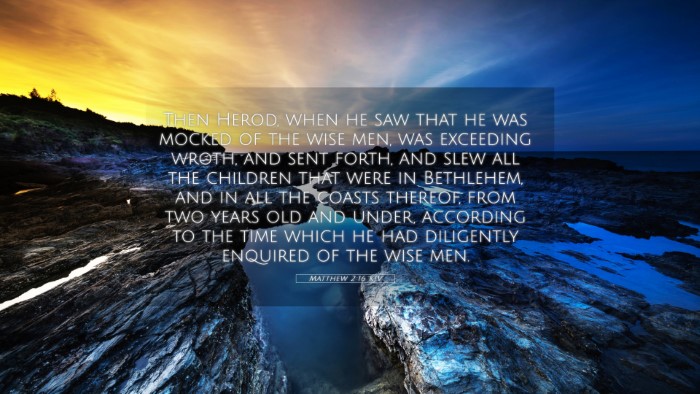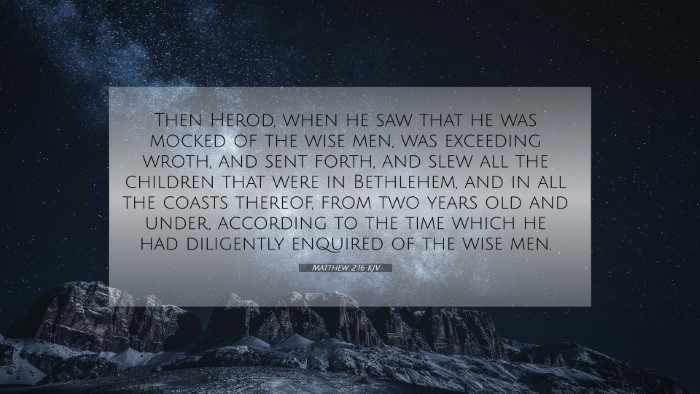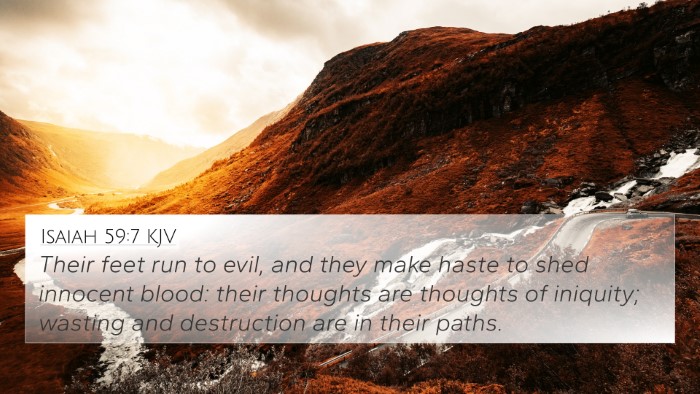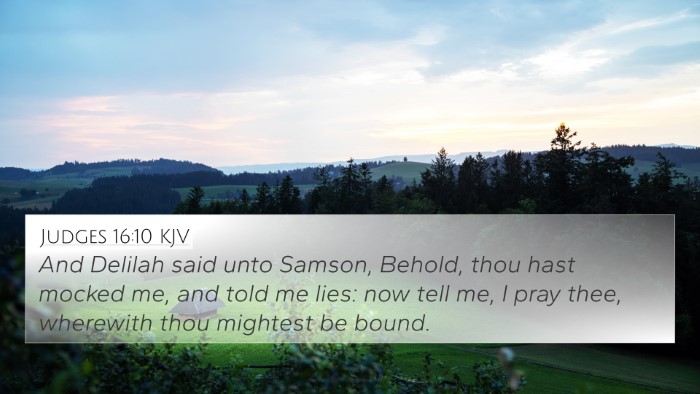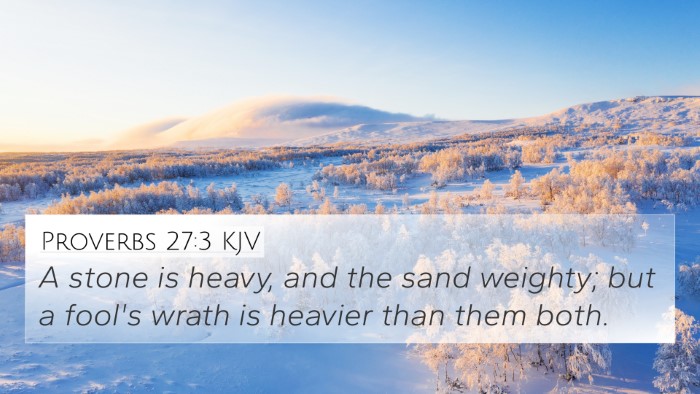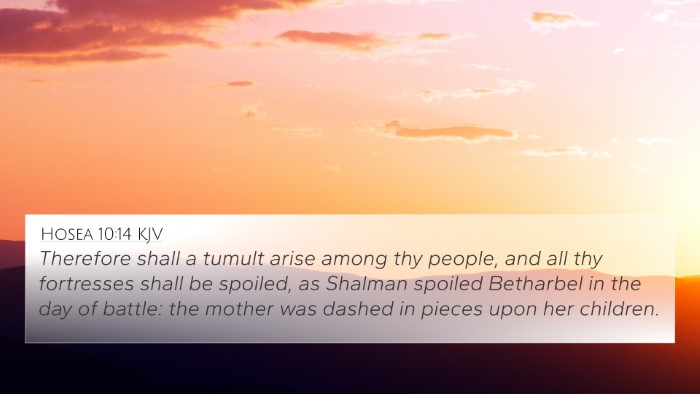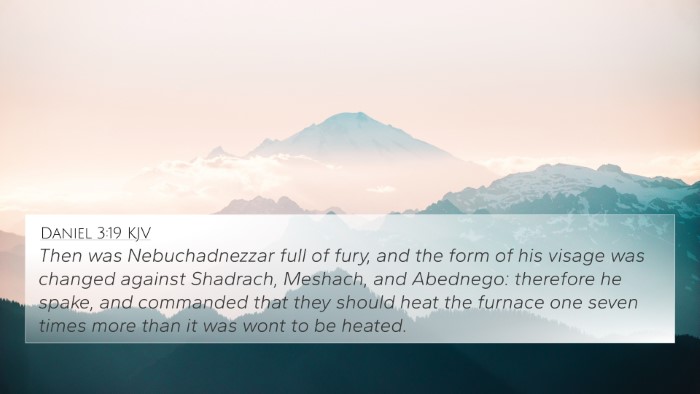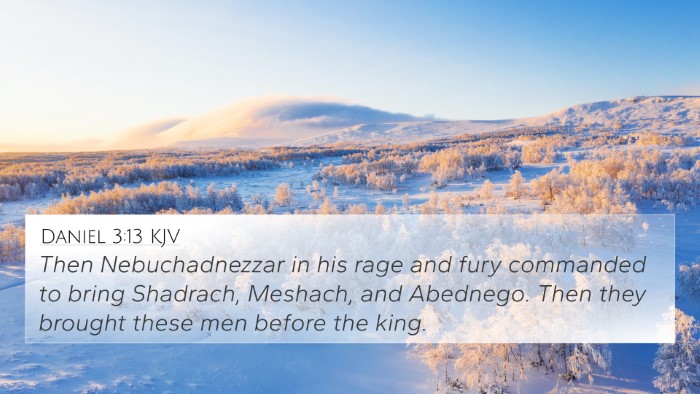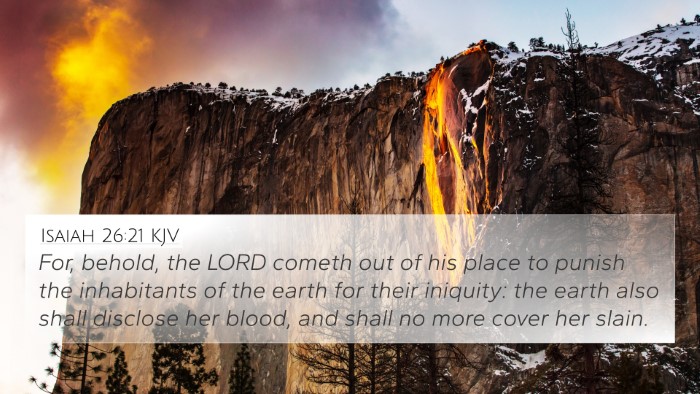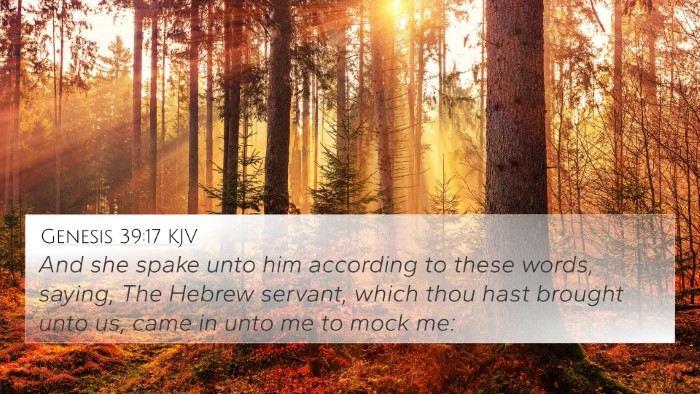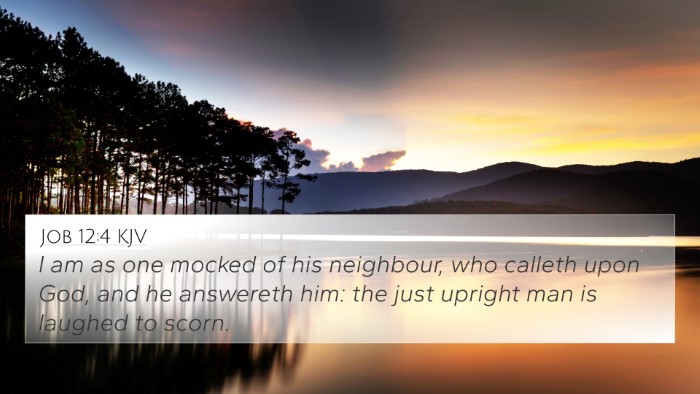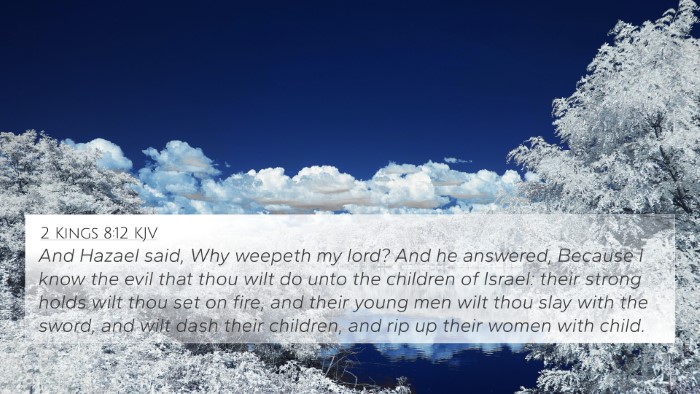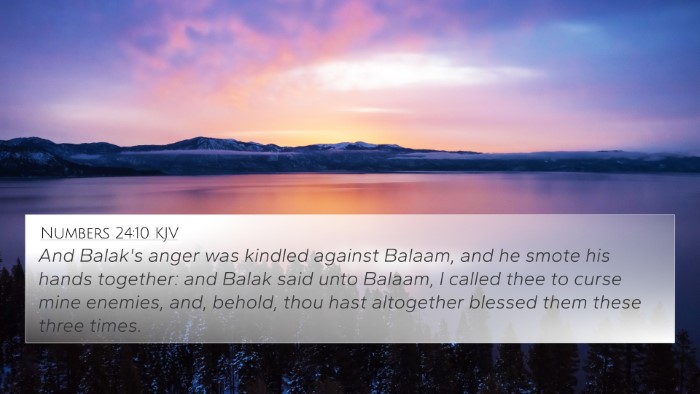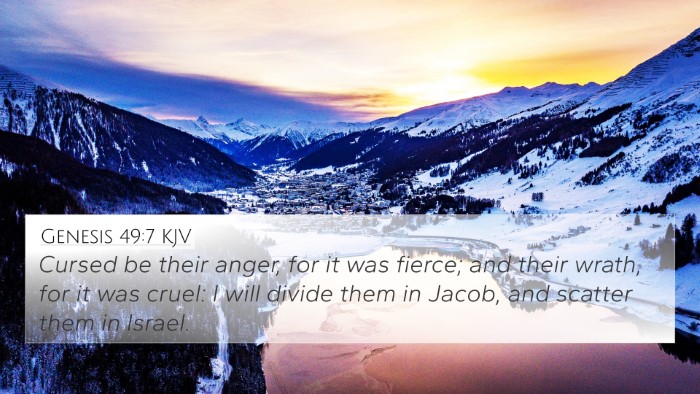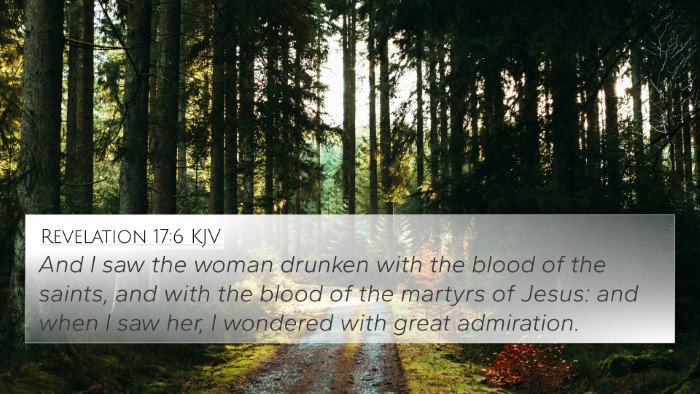Understanding Matthew 2:16
Verse: Matthew 2:16 - "Then Herod, when he saw that he was mocked of the wise men, was exceeding wroth, and sent forth, and slew all the children that were in Bethlehem, and in all the coasts thereof, from two years old and under, according to the time which he had diligently inquired of the wise men."
Summary of Meaning
Matthew 2:16 depicts one of the most tragic events in the Gospel narrative, illustrating the wrath of King Herod after being outwitted by the Magi. This incident highlights the theme of fear and violence that often accompanies power. Herod's brutal actions trigger a profound emotional response and serve as a fulfillment of prophetic scripture.
Commentary Insights
- Matthew Henry: Henry emphasizes that Herod's rage stemmed from his pride and desire to eliminate any threat to his kingship. His decision to kill the innocents signifies the lengths to which those in power will go to maintain control. This act fulfills the prophecy concerning Rachel’s lamentation for her children, illustrating that such tragedies often accompany the arrival of divine intervention.
- Albert Barnes: Barnes notes the significance of Herod's actions as a reflection of the wickedness that can accompany political authority. He discusses the historical context of Herod's tyranny and how this event connects to the larger narrative of God’s protection over Jesus. The verse encapsulates Herod's malicious intent and the fulfillment of prophecy as seen in Jeremiah 31:15.
- Adam Clarke: Clarke provides detailed historical context, explaining that Bethlehem was small and the number of children killed would not be as many as suggested. He underscores the prophetic nature of the event, linking it back to the mourning of Rachel. Clarke highlights the brutality of Herod's actions as indicative of the heart's depravity when it resists God’s plans.
Bible Verse Cross-References
Matthew 2:16 connects with various other scriptures that echo themes of prophecy, mourning, and the conflict between earthly rulers and divine purposes. Here are some notable cross-references:
- Jeremiah 31:15: This verse is directly cited in the context of Rachel weeping for her children, thus providing the prophetic backdrop to Matthew 2:16.
- Exodus 1:15-22: The account of Pharaoh's massacre of Hebrew infants parallels Herod's actions, emphasizing the recurring theme of power's oppression of the innocent.
- Revelation 12:4: This verse contains imagery of a dragon seeking to devour a child, symbolizing the ongoing hostility against Christ and His followers from worldly powers.
- Isaiah 54:1: This passage speaks to the joy that follows mourning, linking to the sorrow of the mothers in Bethlehem, yet pointing toward eventual restoration.
- Luke 2:34-35: Simeon's prophecy over Jesus indicates the child’s role in the fate of many in Israel, hinting at the conflict that lies ahead.
- Matthew 1:22-23: The fulfillment of the prophecy about Jesus' birth establishes the divine purpose surrounding His coming, contrasting the malicious intent of rulers like Herod.
- Psalm 137:1-4: The bittersweet lamenting expressed in this psalm resonates with Rachel’s weeping, illustrating the theme of sorrow in exile and loss as it connects with her mourning.
Thematic Bible Verse Connections
This passage invites a comparative Bible verse analysis, as it encapsulates themes of divine foreknowledge, the conflict between good and evil, and the fulfillment of prophecy. Through the lens of cross-referencing biblical texts, believers can establish thematic connections:
- The persecution of the innocent highlights the ongoing pattern of adversity faced by God's chosen.
- Prophetic fulfillment serves as a reassurance of God's sovereignty over earthly powers.
- The comfort for those who mourn ties back to the promises of restoration in both the Old and New Testaments.
Inter-Biblical Dialogue
This verse and its surrounding context encourage readers to delve into inter-Biblical dialogue. By examining the connections between the Old Testament prophecies and their New Testament fulfillments, one can obtain a deeper understanding of the scriptures. The tragic events surrounding Christ’s birth not only serve a narrative function but also cultivate a rich tapestry of theological insight:
Key Insights:
- Evaluating Herod's decision reveals humanity’s propensity to oppose God, a theme that recurs throughout biblical history.
- The nativity accounts in the Gospels collectively emphasize the significance of Christ's mission amidst violent opposition.
- Understanding the role of fulfillment encourages a closer look at how the Old Testament serves as a foundation for New Testament events.
Conclusion
Matthew 2:16 stands as a poignant reminder of the harsh realities faced by those who occupy positions of power, and how their actions impact the innocent. Through a combination of historical context, prophetic relevance, and cross-references, one can uncover the deeper meaning behind this tragic passage. It offers a substantial foundation for further exploration in Bible studies focusing on cross-referencing, comparisons, and thematic connections throughout the scriptures.
